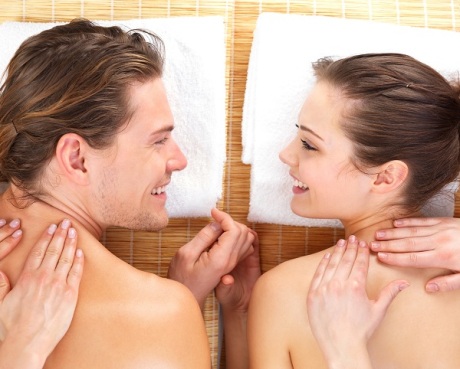
First Look: Clean and classy environment, minimal waiting time in a relaxing and inviting area with a friendly greeting.
Listen Closely: Start by asking what bothers them about their skin or what they would like to learn. Listen critically. Offer solutions to what bothers THEM, not what bothers you about their skin. For instants if they say they “look old” ask them what that means. Do not assume anything!
Solar Effect: Clients may not realize the extent of their sun damage, use UV imaging if possible.
Choices: Once you know their concerns offer two or three solutions for each. This gives them a variety of options and price points.
Don’t Rush It: Give yourself enough time for consultations. Depending on the services you offer, 30 minutes may be needed to discuss each issue without making clients feel rushed. This also helps to build trust.
Make A Deal: Consider offering a discount for same day or shortly after booked appointments. Using a “limited time offer” deal can reel people in.
Ask the Right Questions: Be aware of what you say at the end of the consult; instead of “Would you like to make an appointment?”, ask “Which service would you like to book?” or “When can you start those treatments?”. Assuming the sale is a time-proven tool to increase conversions.
Be Persistent: Follow up is vital. If the client leaves without booking call or email them in a few days and ask if they have any questions. Be sure they receive notifications about specials and events you are having. If they do book send them a handwritten thank you note.
Remember the time and energy you put into consultations in important to your overall success. If the client has a relaxing, friendly and informative experience interacting with your business, the chances of them becoming a life-long client are high.


 Decrease in bags under the eyes
Decrease in bags under the eyes 







